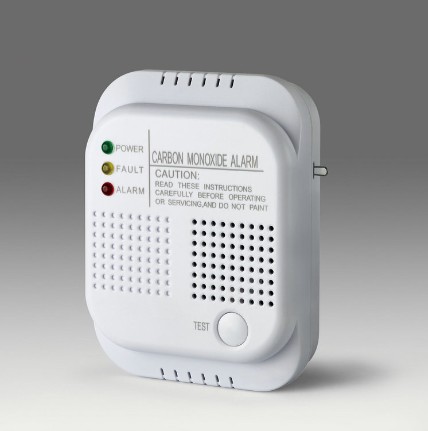The accuracy and stability of carbon monoxide alarms ha […]
The accuracy and stability of carbon monoxide alarms have become key indicators of their performance. These small and efficient devices, through their unique internal mechanisms, ensure that the proportional relationship between the electrical signal and the carbon monoxide concentration is always accurate, providing a solid guarantee for safety.

Carbon monoxide is a colorless, odorless, non-irritating gas that is difficult for humans to directly perceive. However, it is a common potential killer when heating homes in winter. When the carbon monoxide concentration exceeds the standard, the human body will experience symptoms such as headaches, nausea, and even coma, and in severe cases, it may even endanger life. Therefore, the accuracy and reliability of carbon monoxide alarms are crucial.
In order to ensure that the proportional relationship between the electrical signal and the carbon monoxide concentration is always accurate, carbon monoxide alarms use advanced electrochemical sensing technology. This sensor uses special electrodes and electrolytes. When carbon monoxide molecules come into contact with the electrodes, a series of chemical reactions are triggered to produce an electrical signal proportional to the concentration. This technology is not only highly sensitive, but also maintains a stable response over a wide range of concentrations.
In addition to advanced sensing technology, carbon monoxide alarms also use sophisticated calibration procedures to ensure the accuracy of measurements. During the production process, each alarm will undergo rigorous calibration tests to verify the correspondence between its electrical signal and carbon monoxide concentration. In addition, after using it for a period of time, users can also ensure the accuracy of the alarm through simple calibration operations.
In practical applications, the stability and reliability of carbon monoxide alarms have also been fully verified. Whether in homes, factories or other places where carbon monoxide concentrations need to be monitored, these alarms can accurately and promptly sound alarms to avoid potential safety risks.
With the continuous development of technology, the performance and functions of carbon monoxide alarms are also constantly improving. Some advanced alarms already have intelligent networking functions, which can be remotely monitored and set through mobile phone APP. At the same time, some new alarms also use more advanced sensing technology and algorithms to improve the accuracy and stability of measurements.
Combined with the above content, it can be obtained that carbon monoxide alarms use advanced electrochemical sensing technology and precise calibration procedures to ensure that the proportional relationship between electrical signals and carbon monoxide concentrations is always accurate. This provides a solid guarantee for family safety, allowing us to enjoy warmth while being more at ease.